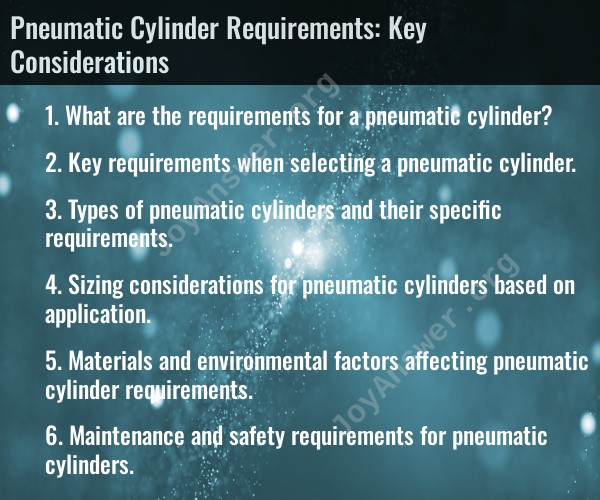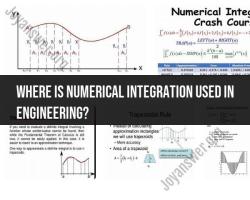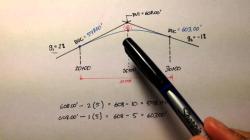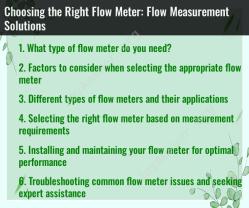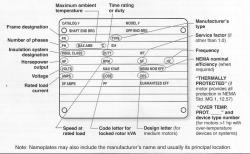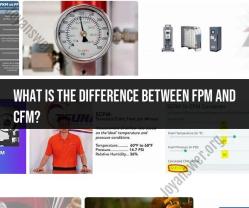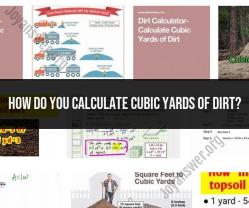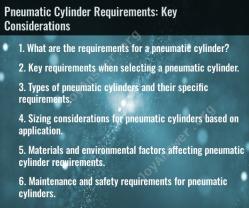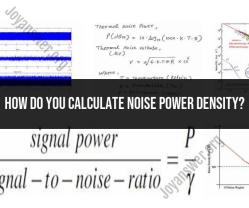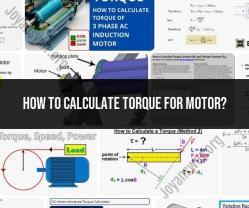What are the requirements for a pneumatic cylinder?
When selecting a pneumatic cylinder for a specific application, there are several key considerations and requirements to take into account. These requirements ensure that the cylinder is well-suited for its intended purpose and operates effectively. Here are some of the important factors to consider:
Force Requirements:
- Determine the amount of force (in pounds or newtons) that the pneumatic cylinder needs to exert to perform its task. This is crucial for selecting the right cylinder size and design.
Stroke Length:
- The stroke length is the distance the piston can travel inside the cylinder. Choose a cylinder with a stroke length that matches your application's requirements.
Operating Pressure:
- Understand the required operating pressure (given in psi or bar) to achieve the desired force output. Make sure the cylinder is compatible with the available air pressure source.
Cylinder Type:
- Select the appropriate type of pneumatic cylinder based on the specific application. Common types include single-acting, double-acting, and rotary cylinders.
Mounting Options:
- Consider the mounting options available for the cylinder, such as flange, clevis, or trunnion mounts, to ensure it can be easily and securely attached to your equipment.
Speed of Operation:
- Determine the speed at which the cylinder needs to extend and retract. This can influence the cylinder design and size.
Environmental Conditions:
- Assess the environmental conditions in which the cylinder will operate. Consider factors like temperature, humidity, and exposure to corrosive or abrasive materials. Choose a cylinder with appropriate seals and materials for the environment.
Size and Space Constraints:
- Ensure the selected cylinder fits within the available space and can operate effectively without interference from other components.
Material of Construction:
- Select a cylinder made from materials suitable for your application, considering factors like strength, weight, and corrosion resistance. Common materials include aluminum, steel, and stainless steel.
Lubrication:
- Determine whether the cylinder requires lubrication for smooth operation. Some cylinders are designed for oil-free operation, while others may need lubrication.
Accessories and Sensors:
- Consider any additional accessories or sensors required for your application, such as position sensors, cushioning options, or end-of-stroke indicators.
Safety:
- Ensure that the cylinder complies with safety standards and regulations relevant to your industry or application.
Cost and Budget:
- Take into account your budget constraints and seek a cylinder that meets your requirements without unnecessary costs.
Maintenance Requirements:
- Assess the maintenance needs of the cylinder, including seal replacements and periodic inspections, to ensure it can be properly maintained.
Supplier and Support:
- Choose a reputable supplier or manufacturer that can provide technical support and replacement parts if needed.
By carefully evaluating these requirements and matching them with the appropriate pneumatic cylinder, you can ensure that your equipment or machinery functions efficiently and reliably. It's advisable to consult with a pneumatic systems expert or engineer to make well-informed decisions when selecting a cylinder for your specific application.
Key requirements when selecting a pneumatic cylinder
When selecting a pneumatic cylinder, there are a number of key requirements that must be considered, including:
- Bore size: The bore size of a pneumatic cylinder is the diameter of the piston rod. The bore size will determine the force and speed of the cylinder.
- Stroke length: The stroke length of a pneumatic cylinder is the distance that the piston can travel. The stroke length will determine the range of motion of the cylinder.
- Mounting type: Pneumatic cylinders are available in a variety of mounting types, including rod end mounting, flange mounting, and trunnion mounting. The mounting type will determine how the cylinder is attached to the load.
- Operating pressure: Pneumatic cylinders are rated for a maximum operating pressure. The operating pressure will determine the force and speed of the cylinder.
- Environmental factors: Pneumatic cylinders can be used in a variety of environments, including clean rooms, hazardous environments, and outdoor environments. The environmental factors will determine the materials of construction and the type of seals required.
Types of pneumatic cylinders and their specific requirements
There are a number of different types of pneumatic cylinders, each with its own specific requirements. Some common types of pneumatic cylinders include:
- Single-acting cylinders: Single-acting cylinders can only extend or retract, but not both. Single-acting cylinders are typically used for applications where the load is returned to its original position by gravity or by an external force.
- Double-acting cylinders: Double-acting cylinders can extend and retract. Double-acting cylinders are typically used for applications where the load must be moved in both directions.
- Telescopic cylinders: Telescopic cylinders have multiple stages that extend and retract in sequence. Telescopic cylinders are typically used for applications where a long stroke length is required.
- Rodless cylinders: Rodless cylinders do not have a piston rod. Rodless cylinders are typically used for applications where space is limited or where the rodless design offers other advantages.
Sizing considerations for pneumatic cylinders based on application
When sizing a pneumatic cylinder, it is important to consider the following factors:
- The force required to move the load: The force required to move the load will determine the bore size of the cylinder.
- The speed required to move the load: The speed required to move the load will determine the operating pressure and the size of the ports on the cylinder.
- The duty cycle of the application: The duty cycle of the application is the percentage of time that the cylinder will be in operation. The duty cycle will determine the type of seals and lubrication required.
Materials and environmental factors affecting pneumatic cylinder requirements
The materials of construction and the type of seals required for a pneumatic cylinder will depend on the environmental factors in which the cylinder will be used. For example, cylinders that will be used in corrosive environments will require stainless steel construction and special seals.
Maintenance and safety requirements for pneumatic cylinders
Pneumatic cylinders require regular maintenance to ensure proper operation and safety. Some common maintenance tasks include:
- Lubricating the cylinder rod and piston
- Inspecting the seals for wear and tear
- Cleaning the cylinder body and ports
- Replacing any worn or damaged parts
Pneumatic cylinders can be dangerous if they are not used properly. It is important to follow all safety instructions that are provided by the manufacturer. Some common safety precautions include:
- Never exceed the maximum operating pressure of the cylinder
- Make sure that the cylinder is properly mounted
- Use the correct type of fittings and tubing
- Be aware of the potential hazards of compressed air
By following these guidelines, you can select, install, and maintain pneumatic cylinders safely and effectively.
